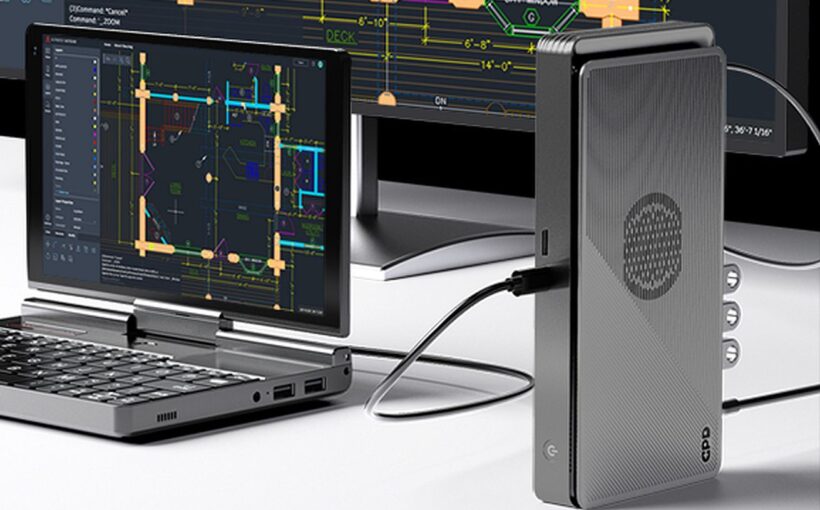Advanced AI is increasingly following hardware evolution, emphasizing specialized models for efficient, sustainable computing solutions.
Copyright: venturebeat.com – “Specialized Models: How AI is Following The Path of Hardware Evolution”

There’s a simple explanation for both cases, and it comes down to physics.
The CPU tradeoff
CPUs were built as general computing engines designed to execute arbitrary processing tasks — anything from sorting data, to doing calculations, to controlling external devices. They handle a broad range of memory access patterns, compute operations, and control flow.
However, this generality comes at a cost. As CPU hardware components support a broad range of tasks and decisions about what the processor should be doing at any given time — which demands more silicon for circuity, energy to power it and of course, time to execute those operations.
This trade-off, while offering versatility, inherently reduces efficiency.
This directly explains why specialized computing has increasingly become the norm in the past 10-15 years.
GPUs, TPUs, NPUs, oh my
Today you can’t have a conversation about AI without seeing mentions of GPUs, TPUs, NPUs and various forms of AI hardware engines.
These specialized engines are, wait for it, less generalized — meaning they do fewer tasks than a CPU, but because they are less general they are much more efficient. They devote more of their transistors and energy to doing actual computing and data access devoted to the task at hand, with less support devoted to general tasks (and the various decisions associated with what to compute/access at any given time).
Because they are much simpler and economical, a system can afford to have a lot more of those compute engines working in parallel and hence perform more operations per unit of time and unit of energy.
Der Beitrag Specialized Models: How AI is Following The Path of Hardware Evolution erschien zuerst auf SwissCognitive | AI Ventures, Advisory & Research.



